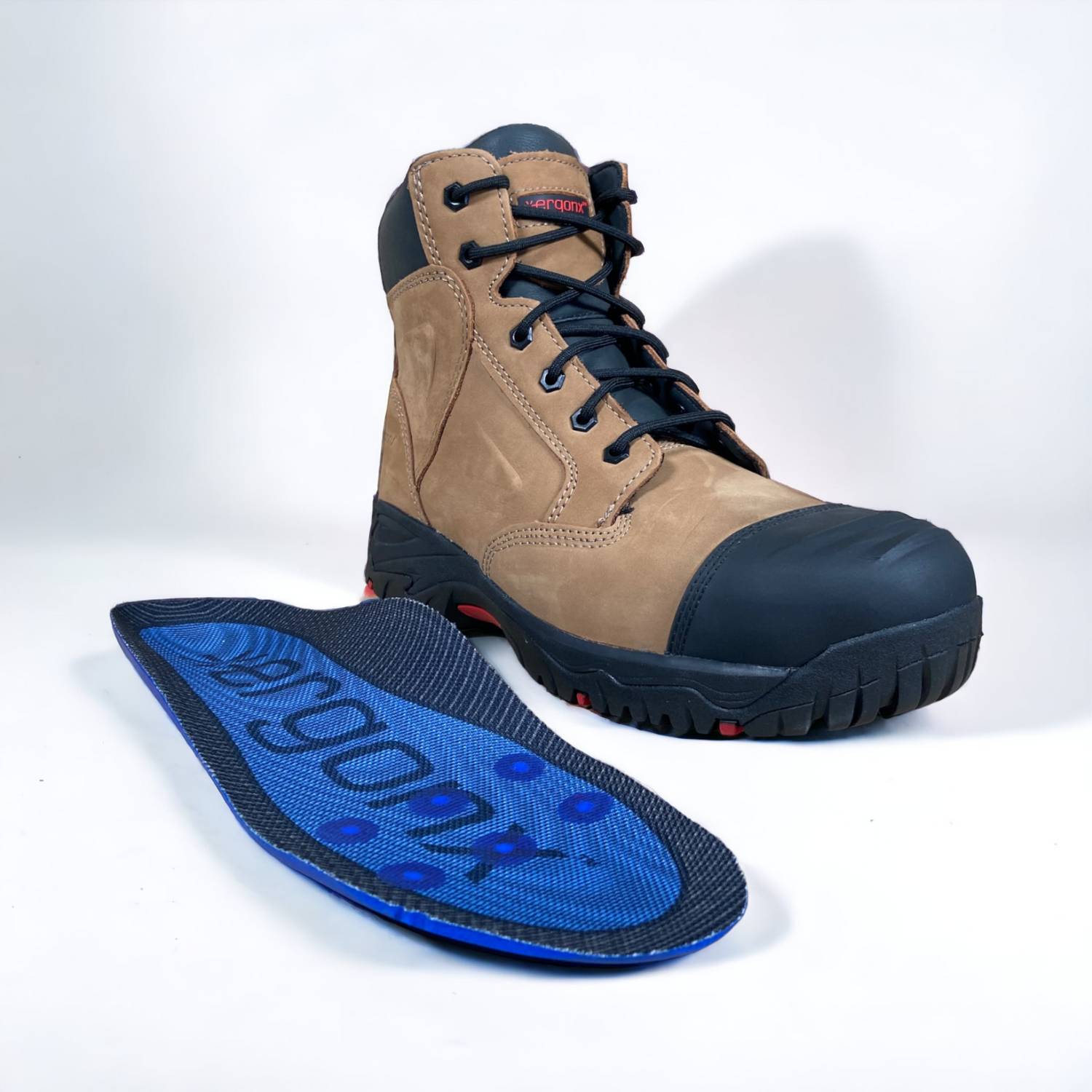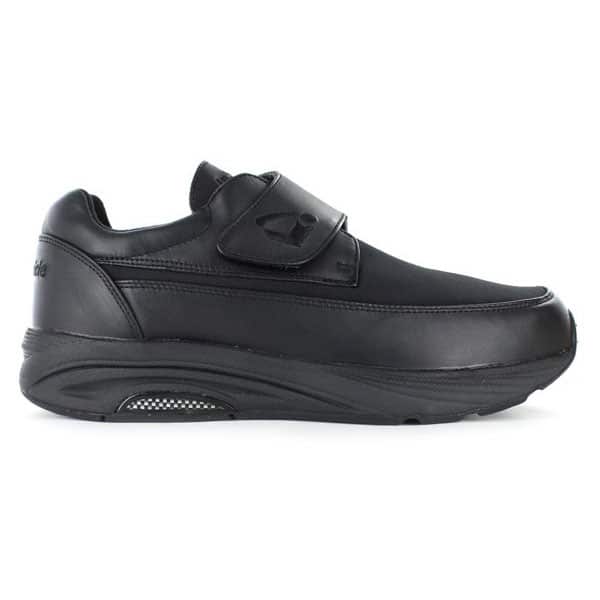– Pain intensifies with vigorous or weight-bearing activities
– Spasms of the muscles on the outer side of the lower leg (peroneal muscles)
– The affected foot is often flat
– Stiffness of the foot and ankle, Talo-calcaneal coalitions restrict the movements most.
Complications:
An injury or sprain can transform a non-painful tarsal coalition into a painful one.
Coalitions may lead to arthritis or joint disease later in age.
Diagnosis:
The diagnosis is usually based on the symptoms and physical examinations. X-rays are also helpful in diagnosing the condition; however, CT scans and MRI are more confirmatory.
Treatment:
The initial treatment consists of resolving the symptoms by:
– immobilizing the foot in a rigid cast or boot and using crutches to avoid weight
– using pain killers or anesthetic injections to control pain
– insole devices help to disperse the weight and decrease the stress at the location
– physiotherapy such as massage, ultrasound therapy and specific exercises may help to reduce stiffness in the foot.
The above-mentioned treatment does not resolve the cause of the problem; however, in many cases it does alleviate the symptoms successfully. If the symptoms persist, surgery is required.
Surgical treatment of tarsal coalition involves:
Excising the abnormal union between the bones:
This is the treatment of choice in children and young adults. The abnormal cartilaginous or bony coalition is excised and the empty space between the two bones is filled with either muscle or fat tissue to prevent the reformation of bone tissue in the gap. This allows restoration of normal movement between the two bones.
Fusing the bones completely:
In cases when the affected joint is extensively worn down, it is unlikely that normal movement could be restored. In such cases, the best option is to remove the cartilage covering the joint surfaces of the bones, which then unite as they heal.








